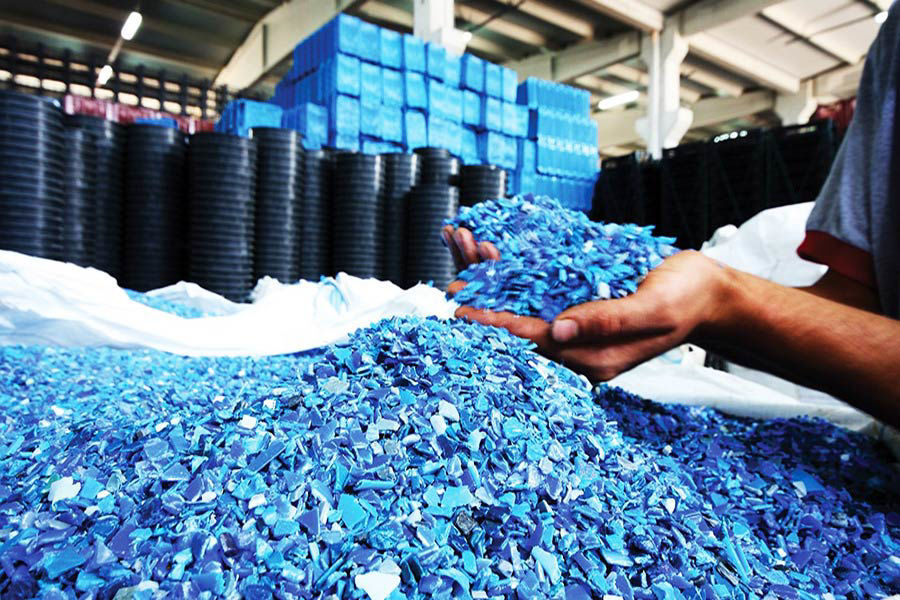ABS is derived from acrylonitrile, butadiene, and styrene. Acrylonitrile is a synthetic monomer produced from propylene and ammonia; butadiene is a petroleum hydrocarbon obtained from butane; and styrene monomers, derived from coal, are commercially obtained from benzene and ethylene from coal. The advantage of ABS is that this material combines the strength and rigidity of the acrylonitrile and styrene polymers with the toughness of the polybutadiene rubber. The most amazing mechanical properties of ABS are resistance and toughness. A variety of modifications can be made to improve impact resistance, toughness, and heat resistance. The impact resistance can be amplified by increasing the proportions of polybutadiene in relation to styrene and acrylonitrile although this causes changes in other properties. Impact resistance does not fall off rapidly at lower temperatures. Stability under load is excellent with limited loads. Even though ABS plastics are used largely for mechanical purposes, they also have good electrical properties that are fairly constant over a wide range of frequencies. These properties are little affected by temperature and atmospheric humidity in the acceptable operating range of temperatures. The final properties will be influenced to some extent by the conditions under which the material is processed to the final product; for example, molding at a high temperature improves the gloss and heat resistance of the product whereas the highest impact resistance and strength are obtained by molding at low temperature.The followings are the features of ABS Material. Medium strength; Tough, hard and rigid; Good chemical resistance; Dimensional stability; Creep resistant; Electroplatable; Outstanding formability; Very high impact strength; High tensile strength and stiffness; Excellent high and low temperature performance; Resistant to many plasticizers; Excellent ductility.How about the limitations of ABS Material? They are Poor weatherability; Poor solvent resistance; and High smoke generation when burned.Thankfully, these limited disadvantages have not prevented ABS from providing effective solutions to thousands of industries and quality products for millions of different applications. ABS can be used to make light, rigid, molded products such as piping, musical instruments (most notably recorders and plastic clarinets), golf club heads (used for its good shock absorbance), automotive body parts, wheel covers, enclosures, protective head gear, v-balls [reusable paintballs], and toys including LEGO bricks.
CNY
Company Location
Find Us
- Floor 9, Jinmao building, No. 699 Chouzhou North Road,Yiwu City, Zhejiang Province, China
- info@sejil.net
- +86 180 6620 2010
- +86 180 6624 2001
Newsletter
Subscribe and become part of the our community. Be the first to hear about our latest offers and discounts!
Newsletter
Wait...
Copyright © 2024 sejil.net. All rights reserved.
All prices are entered excluding tax. Excluding shipping





